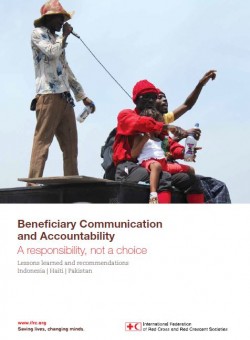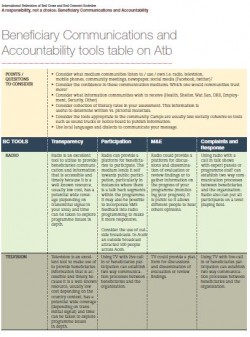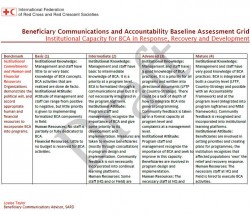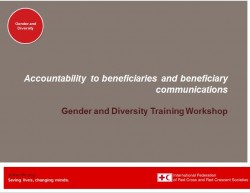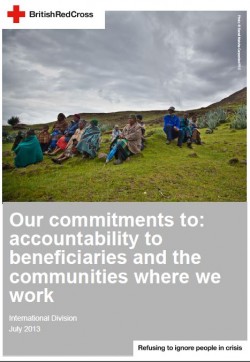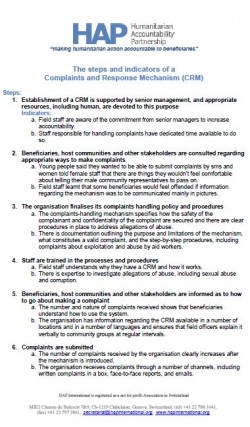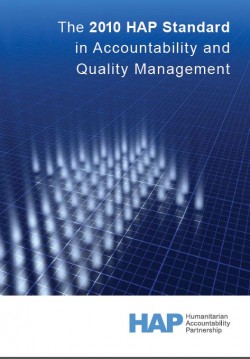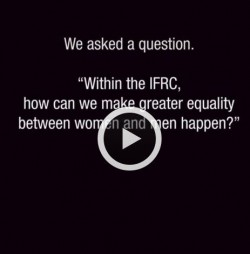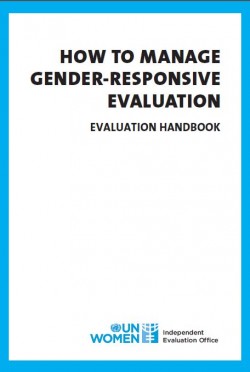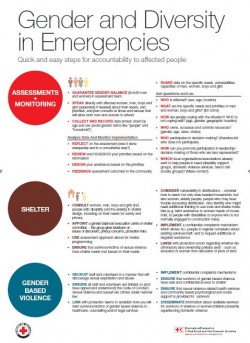Purpose
This document outlines lessons learned from recent beneficiary communication and accountability (BCA) programmes in Indonesia, Haiti and Pakistan and provides recommendations and emerging guidelines for volunteers and staff in the International Red Cross and Red Crescent Movement on how to incorporate BCA into emergency response, recovery and development work.
Overview
- Programme Delivery: BCA programming should go beyond one-way information, and instead form a two-way dialogue with communities, to support well-informed and better quality programming and advocacy. Two-way communication should become a priority in the recovery phase of a disaster programme if not before; communication with beneficiaries is more effective when the information is relevant, accessible, clear and timely. Multiple channels and methods should be used to communicate and link these; sharing all information, both positive and negative, builds community trust in the organisation. A beneficiary communication and accountability plan should also be developed that involves a society’s stakeholders and clearly defines roles and responsibilities.
- Strategy and leadership: Develop a BCA policy that explains the programme; integrate BCA processes into existing key policy and guidelines; articulate the link between BCA and accountability to beneficiaries.
- Organisational structure and programme title: Embed the BCA programme within sector programme teams, when possible, and consider changing the title of the programme to reflect links to accountability.
- Resources (technical, financial and human): Invest in capacity-building of BCA volunteers and staff and the technology to support programming; modify BCA volunteer and staff terms of reference to reflect expanded functions of the beneficiary communication role.
- Skill-sharing processes and internal networks: Raise awareness of the importance of BCA approaches to stakeholders through training, and internal and external communication.
Usage: Guidance for project implementation
Audiences: Technical staff, Communication staff, Volunteers
Citation: International Federation of Red Cross and Red Crescent Societies (2011). Beneficiary Communication and Accountability. A Responsibility, Not a Choice: Lessons Learned and Recommendations (pp. 1-68).
![]()


